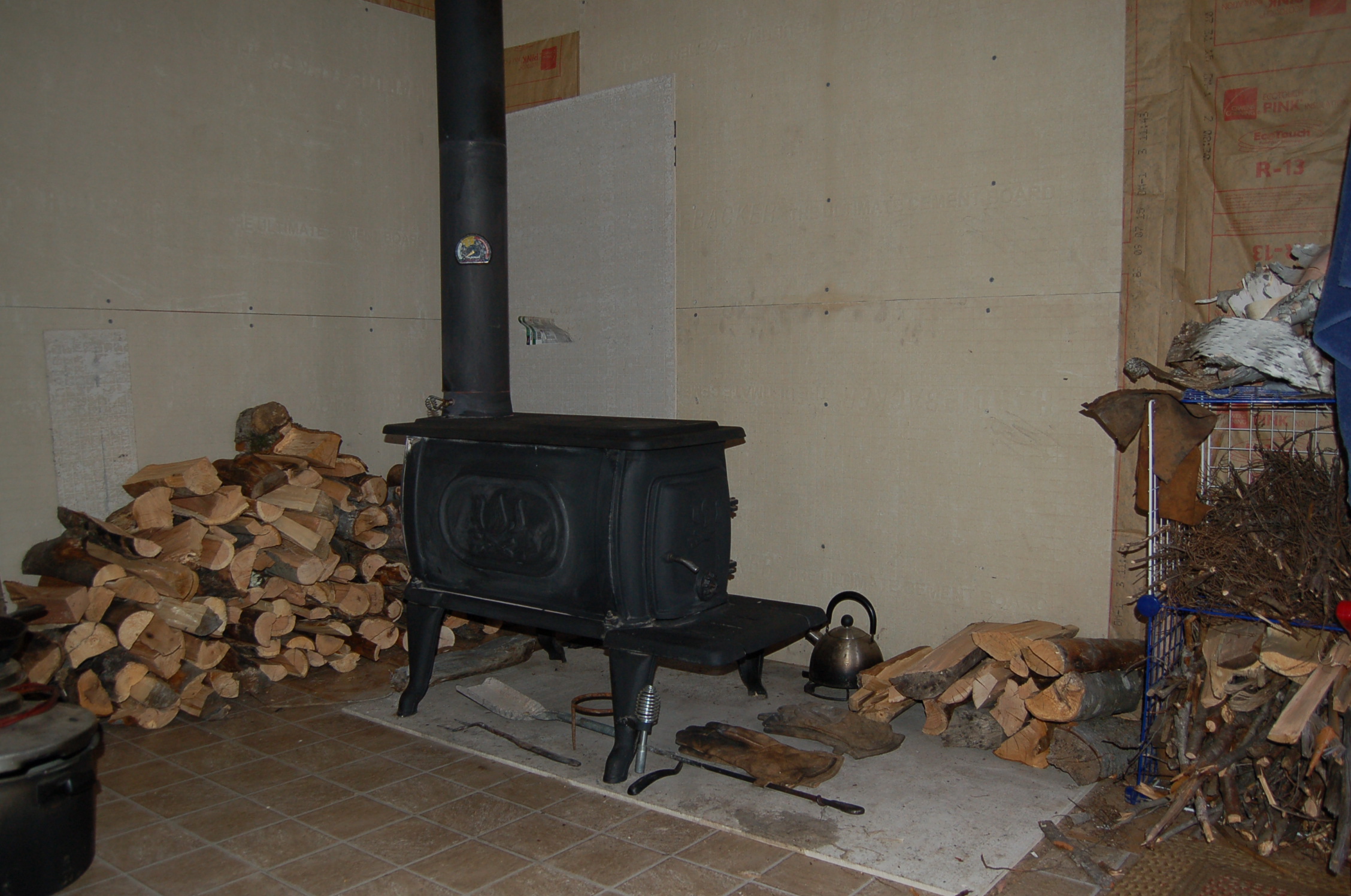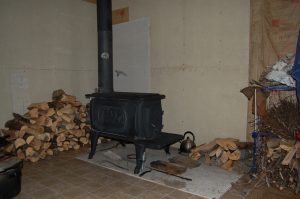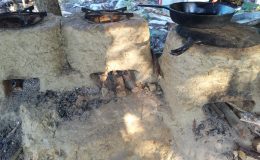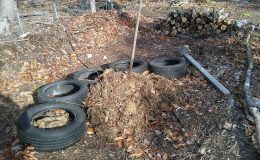Search-
Extended release wood burn
Keep the Fire Burning
- By : Sarah
- Category : Off Grid Utilities
- Tags: firewood, wood stove


Much of the winter is spent keeping the wood stove hot. We rely on the wood stove for our heat, hot water, cooking, and anything else we might need some fire for. We try to keep it going all the time so we aren’t constantly restarting it, but we don’t really want to be a slave to the fire. We also don’t want to stay up all night every night keeping it burning. The problem with that is that when you get up at 430 in the morning to go to work, it is cold. You want that fire started, and you don’t want it to take more than 2 seconds.
If you head out to the local hardware store, you can find all sorts of products to burn fires hot and start them fast. They all seem to work pretty well too. However, they are often made of gross chemicals that I don’t care to breathe and/or they cost money. Last year, we were unprepared, and had to pay for fire starters. This year, we are prepared.
Since we have the wood stove on most of the time now, we cook inside and don’t need an outdoor kitchen. So I opted to turn it into the firewood station. I have all the supplies I could possibly ever need under this roof to keep fires lit for months at a time.
There are bags of birch bark that me and the children have spent many lovely fall walks filling up. Birch bark is waxy and burns hot and fast. It works great for getting some kindling burning. I have to point out that I don not pick bark off of tress, the trees need it to protect themselves. We gather the bark off of the trees around the lot that have fallen over and left us their bark.
There is a heaping pile of small hemlock branches. When the logger went through, he left us massive amounts of tree tops and branches. The hemlock boughs burn hot and fast like the birch bark. Perfect to light up some kindling.
I have a big pile of sticks that I gather while I’m sorting out the smaller hemlock pieces. We also collect sticks that we find laying around as we go for walks. The kids love to fill the wagon with sticks and then “help” me bring it to the firewood station and stack it up. They don’t really love the stacking part for more than about 5 sticks though.
We have a smaller pile of logs under the cover too. This is just so that in an emergency we have some wood outside that is close to the house and dry. Pretty much just for safe keeping. The real firewood stack is right next to the chopping block. Our routine has been: the man goes out with the chainsaw and chops up whatever salvageable logs we can find throughout the lot. We have tons of this fallen wood everywhere. We basically started with the logs closest to the house and any logs that were in our way. Once he runs out of gas, the kids and I fill the wagon and wheel it over to the wood stack. When we need wood inside, the man chops it all by hand and then me and the kids stack it up and bring it in the house.
Another supplement to the chopped wood is small round wood that doesn’t need to be chopped. I try to bring the round wood in as soon as I find it, but less than half of the stack. The round wood doesn’t dry as fast so I won’t usually use it until the fire is pretty hot. It is less chopping for the man though. He seems to really like his wood chopping though, says that it is far better than working out at the gym.
Inside the house I also have a great little cubby set up next to the wood stove. I can fill the cubby with enough supplies for a few days at a time. It is also next to the big bean bag with two quilts to curl up in at 430 in the morning when you are starting a fire.


